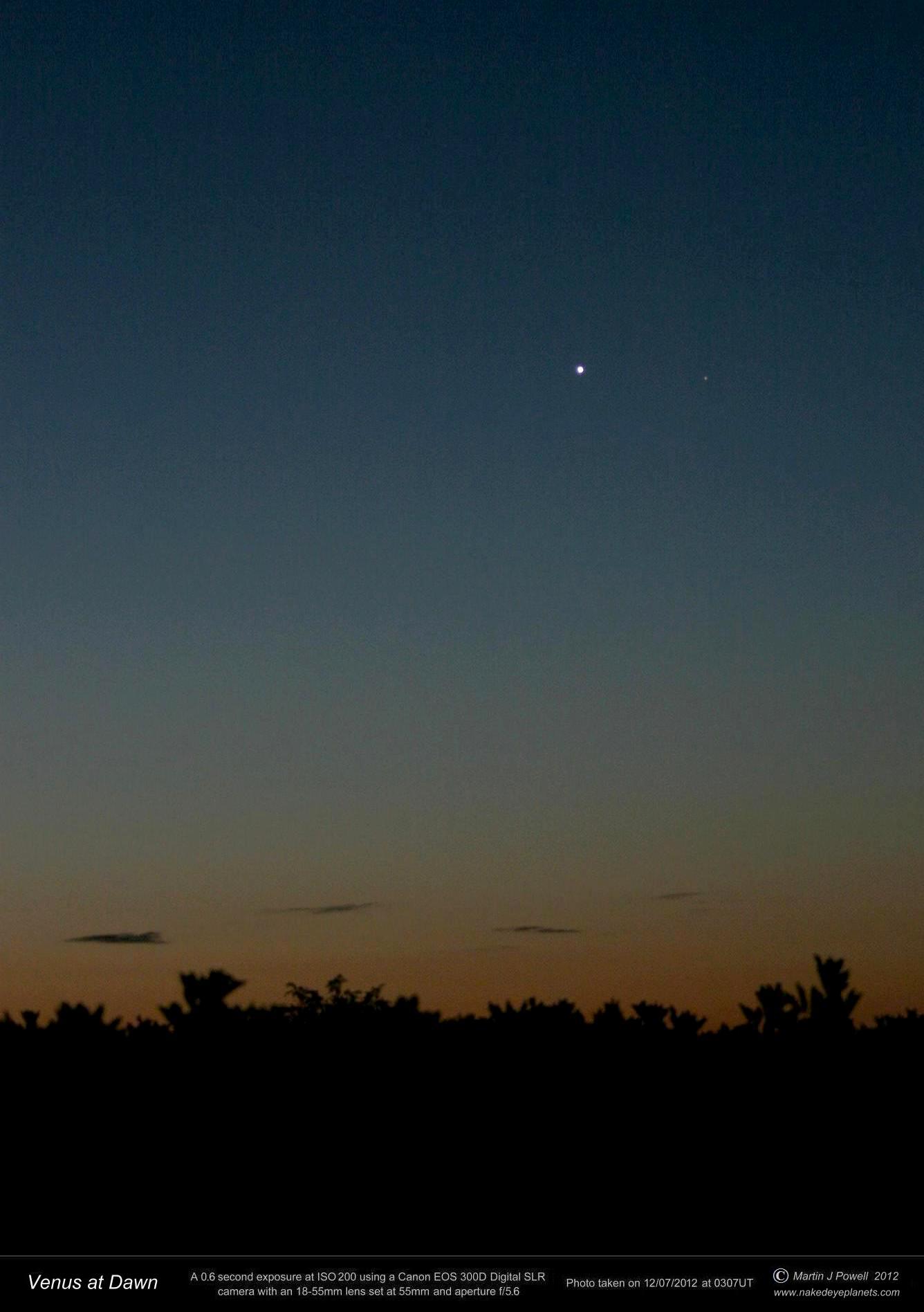Thousands of World War II pilots, flying at altitudes higher than ever before frequented by men, often reported being paced by a bright glowing object. On occasion, gunners opened fire, fearing they were being attacked by secret Axis air weapons.
That's just in the space of a few years during the war.. Nah, not often at all....
LOL! Those were known as "foo fighters" and were ufos reported regularly by both sides during the war. Had nothing to do with the planet Venus.
"The first sightings occurred in November 1944, when pilots flying over
Western Europe by night reported seeing fast-moving round glowing objects following their aircraft. The objects were variously described as fiery, and glowing red, white, or orange. Some pilots described them as resembling Christmas-tree lights and reported that they seemed to toy with the aircraft, making wild turns before simply vanishing. Pilots and aircrew reported that the objects flew formation with their aircraft and behaved as if they were under intelligent control, but never displayed hostile behavior. However, they could not be outmaneuvered or shot down. The phenomenon was so widespread that the lights earned a name – in the European Theater of Operations they were often called "Kraut fireballs", but for the most part called "foo-fighters". The military took the sightings seriously, suspecting that the mysterious sightings might be secret German weapons, but further investigation revealed that German and Japanese pilots had reported similar sightings.
[9]
On 13 December 1944, the
Supreme Headquarters Allied Expeditionary Force in Paris issued a press release, which was featured in the
New York Times on the next day, officially describing the phenomenon as a "new German weapon". Follow-up stories, using the term "Foo Fighters", appeared in the
New York Herald Tribune and the British
Daily Telegraph.
[10]
In its 15 January 1945 edition,
Time magazine carried a story entitled "Foo-Fighter", in which it reported that the "balls of fire" had been following
USAAF nightfighters for over a month, and that the pilots had named it the "foo-fighter". According to
Time, descriptions of the phenomena varied, but the pilots agreed that the mysterious lights followed their aircraft closely at high speed.
[11]
The "balls of fire" phenomenon reported from the Pacific Theater of Operations differed somewhat from the foo fighters reported from Europe; the "ball of fire" resembled a large burning sphere which "just hung in the sky", though it was reported to sometimes follow aircraft. On one occasion, the gunner of a
B-29 aircraft hit one with gunfire, causing it to break up into several large pieces that fell on buildings below and set them on fire.[
citation needed] There was speculation that the phenomena could be related to the Japanese
fire balloon campaign. As with the European foo fighters, no aircraft were reported as having been attacked by a "ball of fire".
[12]
The postwar
Robertson Panel cited foo fighter reports, noting that their behavior did not appear to be threatening, and mentioned possible explanations, for instance that they were
electrostatic phenomena similar to
St. Elmo's fire,
electromagnetic phenomena, or simply reflections of light from ice crystals. The Panel's report suggested that "If the term "flying saucers" had been popular in 1943–1945, these objects would have been so labeled."
[2]----
https://en.wikipedia.org/wiki/Foo_fighter



